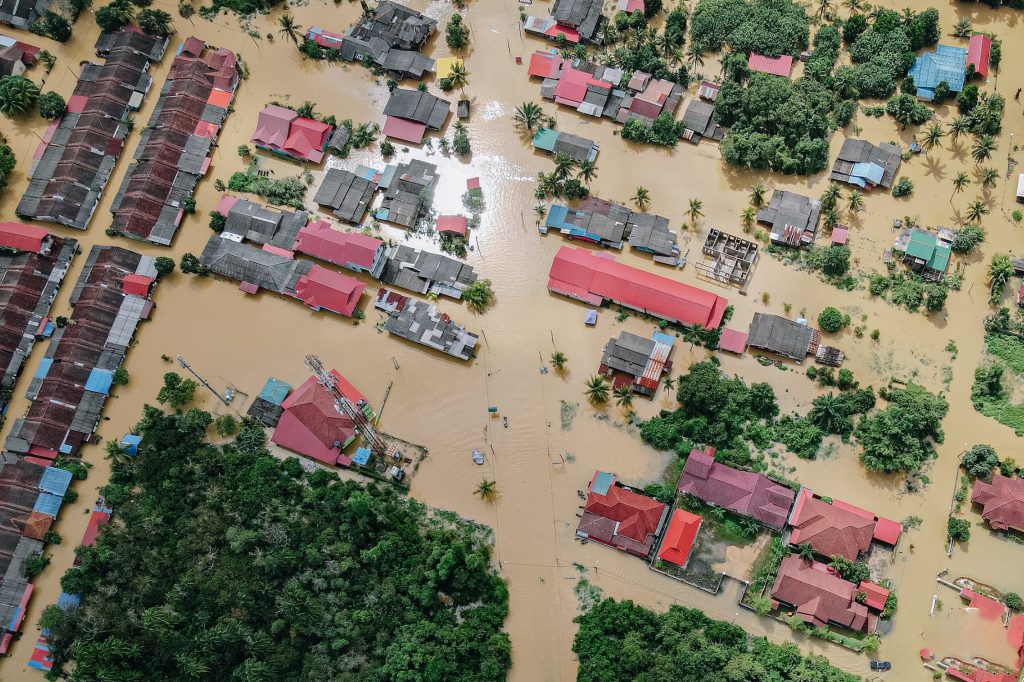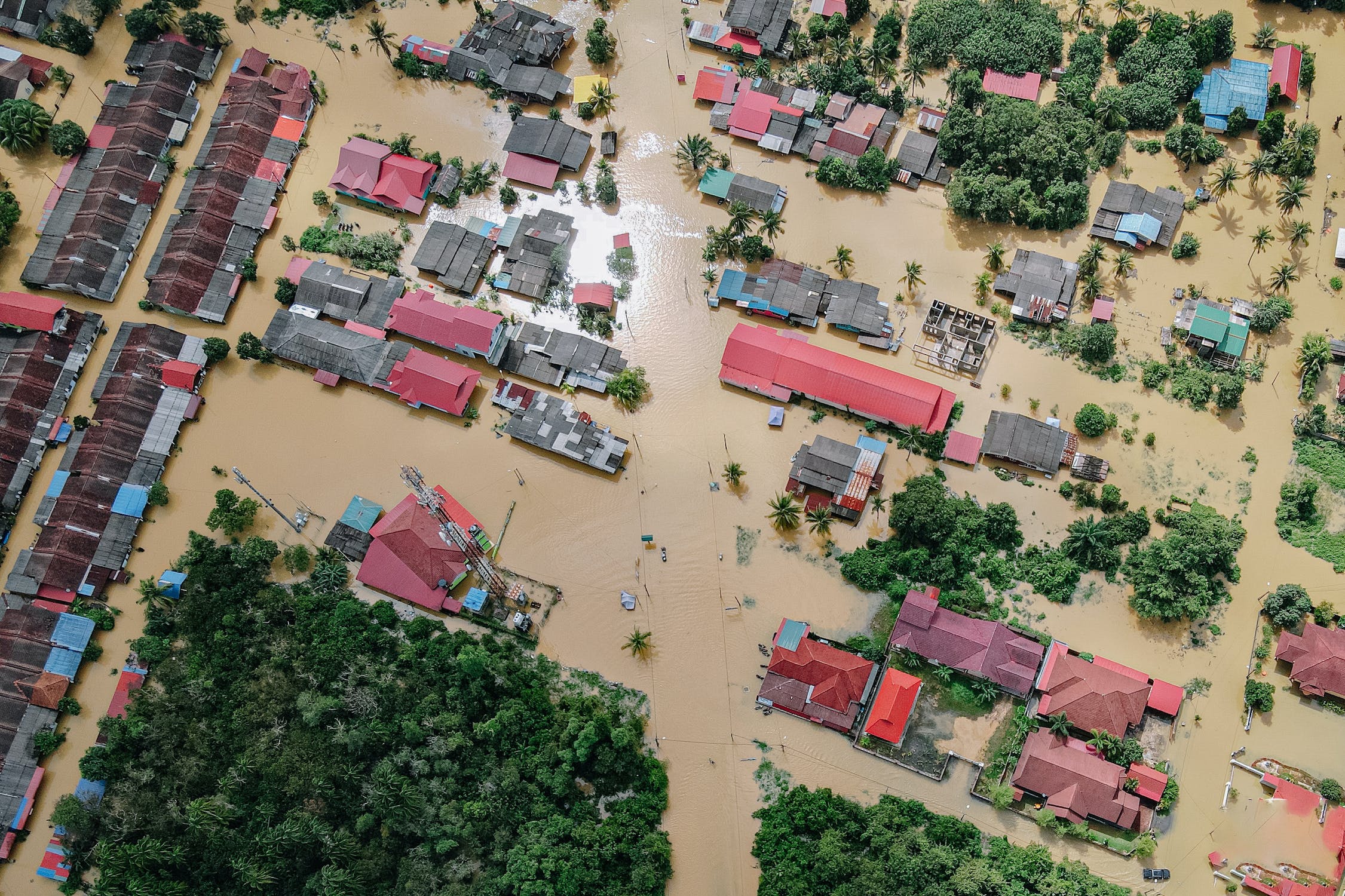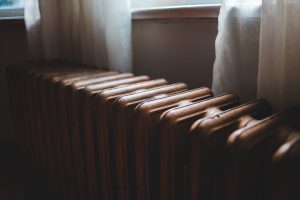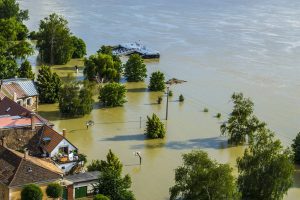“Rebuild with Confidence: 5 Key Renovation Tips for Flood-Affected Homes”
Introduction
Floods can cause extensive damage to homes, leaving homeowners with the daunting task of restoring their homes to their pre-flood condition. While the process of restoring a flood-affected home can be overwhelming, there are some key renovation tips that can help make the process easier. In this article, we will discuss five key renovation tips for flood-affected homes, including assessing the damage, removing damaged materials, drying out the home, repairing and replacing materials, and preventing future flooding. With these tips, homeowners can begin the process of restoring their homes and getting back to normal.
How to Identify and Repair Structural Damage After a Flood

Floods can cause devastating damage to homes and other structures. While it may seem overwhelming to identify and repair structural damage after a flood, it is possible to restore your home to its pre-flood condition. With the right knowledge and tools, you can make your home safe and secure again.
The first step in identifying and repairing structural damage after a flood is to assess the damage. Look for signs of water damage, such as warped floors, buckled walls, and mold. If you find any of these signs, it is important to take action immediately.
Once you have identified the damage, you can begin to repair it. Start by removing any standing water and debris from the affected area. This will help to prevent further damage and make it easier to repair.
Next, you will need to repair any structural damage. This may include replacing drywall, flooring, and other materials. If the damage is extensive, you may need to hire a professional to help with the repairs.
Finally, you will need to take steps to prevent future flooding. This may include installing a sump pump, waterproofing your basement, and making sure your gutters are clear of debris.
By following these steps, you can identify and repair structural damage after a flood. While it may seem daunting, it is possible to restore your home to its pre-flood condition. With the right knowledge and tools, you can make your home safe and secure again.
Strategies for Preventing Mold and Mildew Growth in Flood-Affected Homes
When a home is affected by flooding, it is important to take steps to prevent the growth of mold and mildew. Mold and mildew can cause serious health problems, including respiratory issues, skin irritation, and allergic reactions. Fortunately, there are several strategies that can be used to prevent the growth of mold and mildew in flood-affected homes.
The first step in preventing mold and mildew growth is to remove any standing water as quickly as possible. Standing water provides the perfect environment for mold and mildew to grow, so it is important to remove it as soon as possible. This can be done by using a wet/dry vacuum, a sump pump, or a mop and bucket.
The next step is to dry out the affected area. This can be done by using fans, dehumidifiers, and open windows. It is important to ensure that the area is completely dry before attempting to repair any damage.
Once the area is dry, it is important to clean and disinfect the affected area. This can be done by using a mixture of bleach and water. It is important to wear protective gear, such as gloves and a face mask, when cleaning and disinfecting the area.
Finally, it is important to repair any damage caused by the flooding. This includes replacing any damaged drywall, flooring, and insulation. It is also important to ensure that any repairs are done properly to prevent future mold and mildew growth.
By following these steps, it is possible to prevent the growth of mold and mildew in flood-affected homes. Taking the time to properly clean and repair the affected area can help to ensure that the home is safe and healthy for its occupants.
Tips for Replacing Damaged Flooring and Carpeting After a Flood
1. Take Action Immediately: After a flood, it is important to take action immediately to prevent further damage to your flooring and carpeting. Remove any standing water and use fans and dehumidifiers to dry out the area. This will help to prevent mold and mildew from forming.
2. Replace Damaged Flooring and Carpeting: If your flooring and carpeting have been damaged by the flood, it is important to replace them as soon as possible. This will help to prevent further damage and ensure that your home is safe and healthy.
3. Choose Durable Materials: When replacing your flooring and carpeting, it is important to choose materials that are durable and water-resistant. This will help to protect your home from future floods and other water damage.
4. Consider Professional Installation: If you are not comfortable installing your new flooring and carpeting yourself, it is important to consider hiring a professional. Professional installers will be able to ensure that your new flooring and carpeting are installed correctly and will last for years to come.
5. Invest in Quality Materials: When replacing your flooring and carpeting, it is important to invest in quality materials. Quality materials will be more durable and will last longer, saving you money in the long run.
6. Take Care of Your New Flooring and Carpeting: Once your new flooring and carpeting are installed, it is important to take care of them. Regularly vacuum and clean your flooring and carpeting to keep them looking their best.
Replacing damaged flooring and carpeting after a flood can be a daunting task. However, by taking action immediately, choosing durable materials, and investing in quality materials, you can ensure that your home is safe and healthy.
Best Practices for Replacing Electrical Wiring and Appliances After a Flood
Floods can cause extensive damage to electrical wiring and appliances, leaving homeowners with the daunting task of replacing them. While this process can be overwhelming, it is important to take the necessary steps to ensure the safety of your home and family. Here are some best practices for replacing electrical wiring and appliances after a flood:
1. Hire a Professional: It is important to hire a professional electrician to inspect and replace any damaged wiring. An electrician will be able to identify any potential hazards and ensure that the wiring is up to code.
2. Replace Appliances: If any of your appliances were damaged by the flood, it is important to replace them as soon as possible. Make sure to purchase appliances that are certified by a reputable organization, such as Underwriters Laboratories (UL).
3. Check for Mold: Floods can cause mold to grow in your home, so it is important to check for any signs of mold before replacing any wiring or appliances. If you find any mold, it is important to have it removed by a professional before proceeding with any repairs.
4. Install Ground Fault Circuit Interrupters (GFCIs): GFCIs are designed to protect against electrical shock and should be installed in any area that is prone to flooding.
5. Test Your Wiring: After any wiring has been replaced, it is important to test it to make sure it is functioning properly.
By following these best practices, you can ensure that your home is safe and secure after a flood. While replacing electrical wiring and appliances can be a daunting task, it is important to take the necessary steps to protect your home and family.
How to Restore and Protect Your Home’s Exterior After a Flood
Floods can be devastating to your home’s exterior, leaving behind damage that can be costly to repair. But with the right steps, you can restore and protect your home’s exterior after a flood. Here are some tips to help you get started.
First, assess the damage. Take a look at your home’s exterior and make a list of any damage that needs to be repaired. This includes any cracks in the foundation, water damage to the siding, and any other damage that may have occurred.
Next, make sure to clean up any debris that may have been left behind. This includes removing any mud, silt, or other debris that may have been left behind by the floodwaters. This will help to prevent further damage to your home’s exterior.
Once the debris has been removed, it’s time to start the repair process. Depending on the extent of the damage, you may need to hire a professional to help with the repairs. If the damage is minor, you may be able to do the repairs yourself.
Finally, it’s important to protect your home’s exterior from future floods. Consider installing flood barriers or other protective measures to help keep your home safe. You may also want to consider investing in flood insurance to help cover any future damage.
Restoring and protecting your home’s exterior after a flood can be a daunting task. But with the right steps, you can get your home back to its pre-flood condition and protect it from future floods. Take the time to assess the damage, clean up any debris, and make the necessary repairs. And don’t forget to invest in protective measures to help keep your home safe in the future.
Conclusion
In conclusion, the five key renovation tips for flood-affected homes are essential for ensuring that your home is safe and secure after a flood. These tips include assessing the damage, removing any standing water, drying out the home, repairing any structural damage, and replacing any damaged items. Following these tips will help you to restore your home to its pre-flood condition and ensure that it is safe and secure for you and your family.






